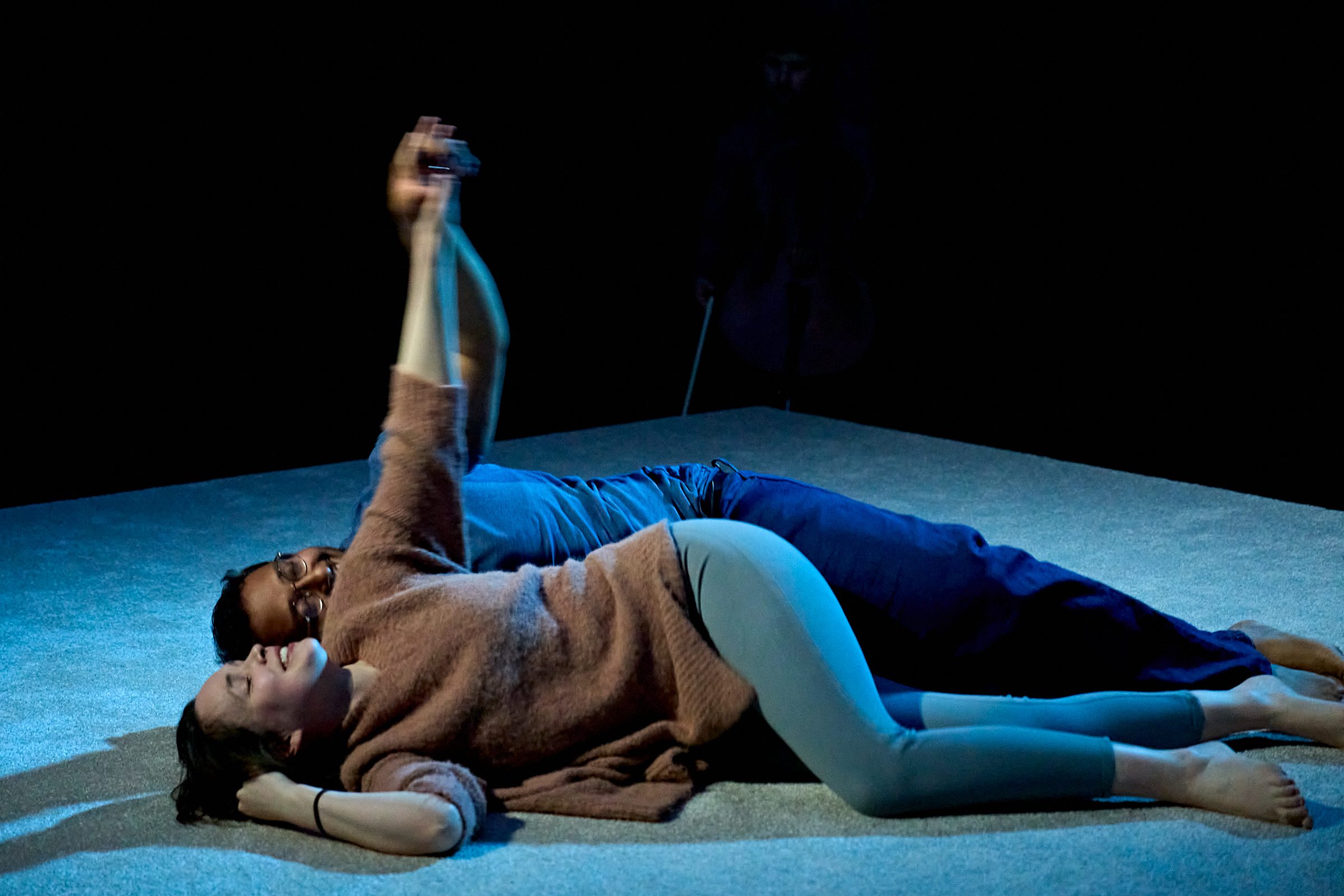Matt Trueman: We must remove the barriers to becoming an artistic director

© Simeilia Hodge-Dallaway for Artistic Directors of the Future
Artistic Directors of the Future has been set up to change that. Founded last July by Simelia Hodge-Dallaway, the organisation is a network of minority ethnic directors ambitious to lead arts organisations in the future. In addition to regular meetings – I went to the largest to date at the Young Vic last Wednesday – the group fundraises to open opportunities for its associates and campaigns within the industry to remove barriers preventing BAME artists from reaching those top jobs with regularity.
Because there are barriers. Nobody parachutes into an artistic directorship. The jobs tend to sit at the top of carrier ladders and, if BAME artists find themselves at a disadvantage throughout their careers – which they demonstrably do – it's inevitable that only a select few will accumulate the experience and expertise required to be in contention for the role. It takes time for talent to filter upwards.
Look at it this way: BAME directors are often nudged to work about BAME communities, by writers of their own diaspora, meaning fewer opportunities to work on the sort of canonical classics one might associate with artistic directors. It means less work on the biggest stages, fewer reviews in the mainstream media and, as a result, lower profile across the industry. At the same time, as I wrote in June, there is a serious shortage of BAME associate artists, a position that confers invaluable access to and experience of the programming and policy-making processes involved in running a building.
'To see the possibilities, you need only look at the transformations at the Bush and the Tricycle since Younis and Rubasingham took over'
All of which makes it harder for a board appointing a new artistic director to back a BAME candidate. There has been a push in recent years to up the number of board members from BAME backgrounds. In 1999, only 3.5% of board members at British theatres were non-white. Today, that figure is 13.3% – still less than in the nation at large, mind. Still, as Vicky Featherstone said last Wednesday, it's at board level, as much as elsewhere, that a change of attitude is required.
However, all this is not merely a matter of equality of opportunity – though that is, in itself, reason enough. That the top jobs should be open to anyone with the talent to do them, regardless of race, gender or disability is self-evident. Nonetheless, it is also about the outcomes. Not only does diversity at top-level trickle down – the lack of visible role-models is itself a barrier to access – diversity amongst those running theatres will also change the work on our stages and, with it, the audiences coming to watch. Theatre needs to be an artform for everyone and, as the McMaster report put it, "nothing can be excellent without reflecting the society that producers and experiences it."
To see the possibilities, you need only look at the transformations at the Bush and the Tricycle since Younis and Rubasingham took over. Half the plays programmed in Younis's second year were written by BAME playwrights, half were written by women. More than half the audiences were first-time bookers and a third came from the local community. At the Tricycle, Rubasingham has overseen a similar uplift in the amount of BAME writers and performers onstage, with Lolita Chakrabhati, Colman Domingo, Rachel De-lahay, Marcus Gardley and Eclipse Theatre amongst those programmed. Her first season drew 57% new audiences.
Of course, it doesn't necessarily take a BAME artistic director to trigger diverse programming and diverse audiences, nor do we need every theatre led as such. It's not a catch-all, instant solution to the wider issue of diversity onstage and in the stalls, either, but it would certainly be a start.










